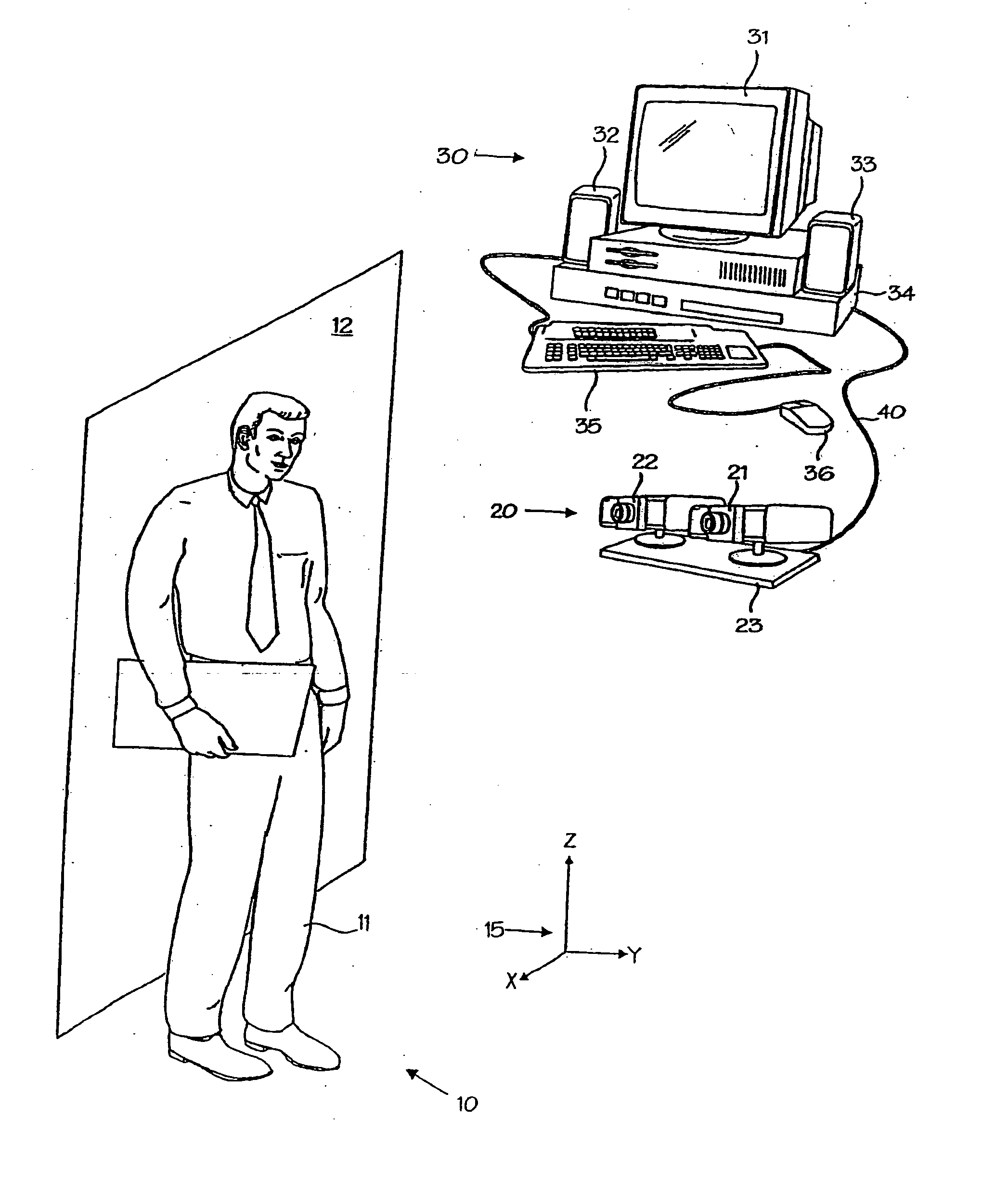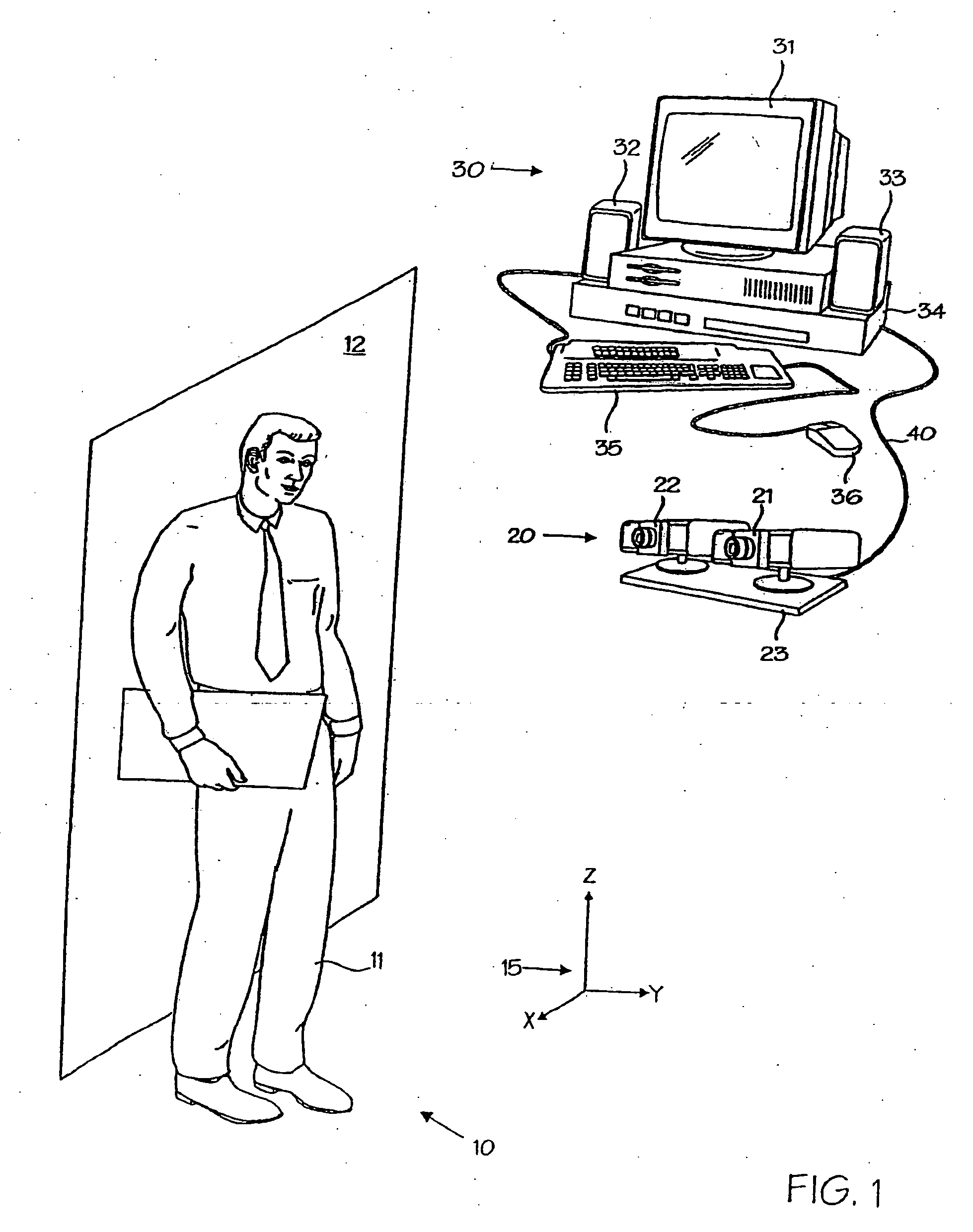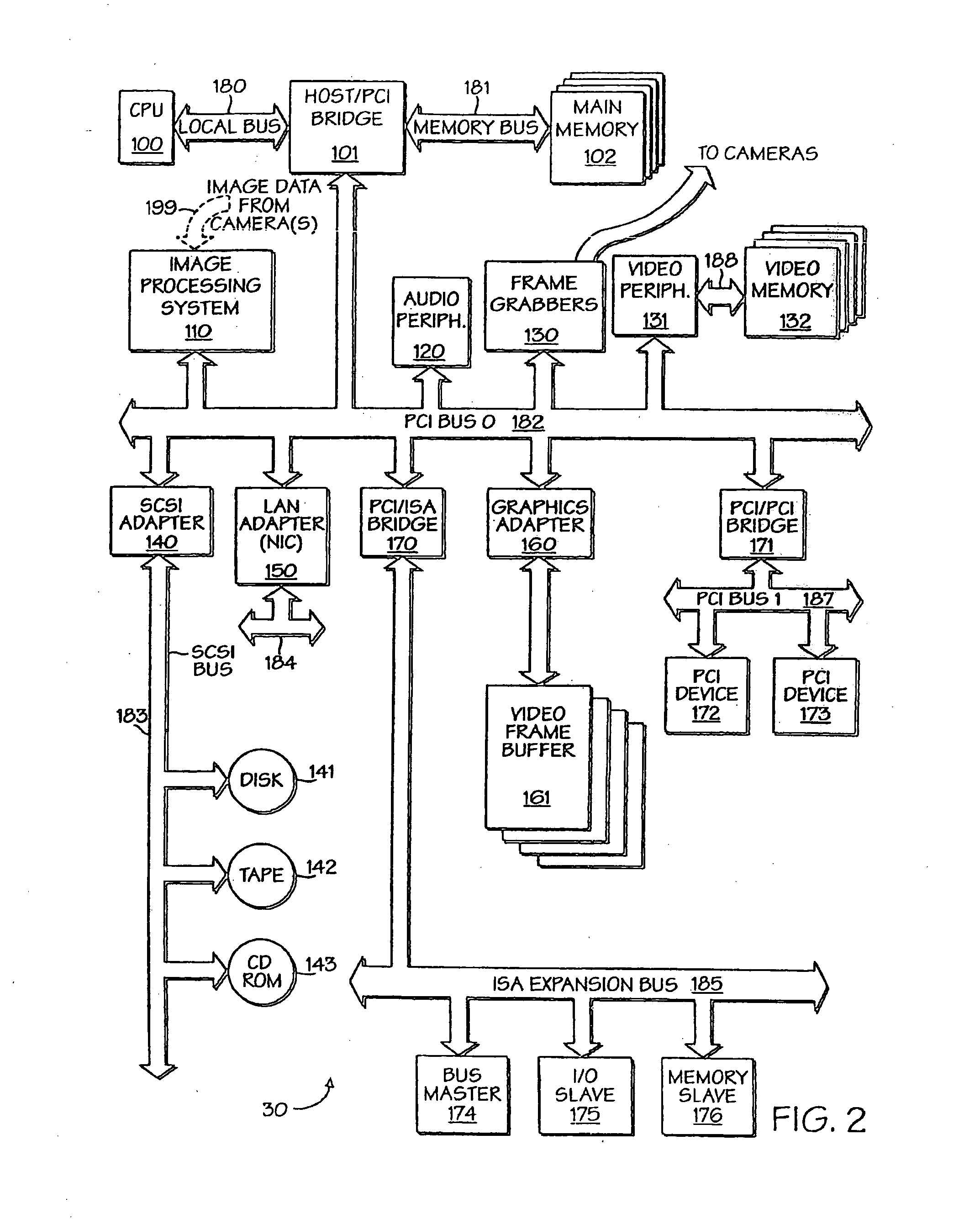Data processing system and method
a data processing system and data processing technology, applied in the field of data processing, can solve the problems of inability to achieve simple pixel-by-pixel comparison, application complexity may be large, and achieve the effect of eliminating background information and maximizing data processing parallelization
- Summary
- Abstract
- Description
- Claims
- Application Information
AI Technical Summary
Benefits of technology
Problems solved by technology
Method used
Image
Examples
Embodiment Construction
I. OVERVIEW
A. General
[0094] An objective of the present invention is to provide high-performance, fast and efficient analysis of related data sets. The invention incorporates three related aspects: algorithm / software, hardware implementation, and industrial applications. Thus, the various embodiments of the present invention can: (1) determine whether these data sets or some portions of these data sets are related by some measure; (2) determine how these data sets or some portions of these data sets are related; (3) utilize a transform scheme that converts the original information in the data sets in such a manner that a later-extracted information sufficiently represents the original substantive information; (4) extract some underlying substantive information from those data sets that are related; and (5) filter out other information, whether substantive or not, that do not significantly contribute to the underlying information that is desired by the user. Each of these aspects is...
PUM
 Login to View More
Login to View More Abstract
Description
Claims
Application Information
 Login to View More
Login to View More - R&D
- Intellectual Property
- Life Sciences
- Materials
- Tech Scout
- Unparalleled Data Quality
- Higher Quality Content
- 60% Fewer Hallucinations
Browse by: Latest US Patents, China's latest patents, Technical Efficacy Thesaurus, Application Domain, Technology Topic, Popular Technical Reports.
© 2025 PatSnap. All rights reserved.Legal|Privacy policy|Modern Slavery Act Transparency Statement|Sitemap|About US| Contact US: help@patsnap.com



